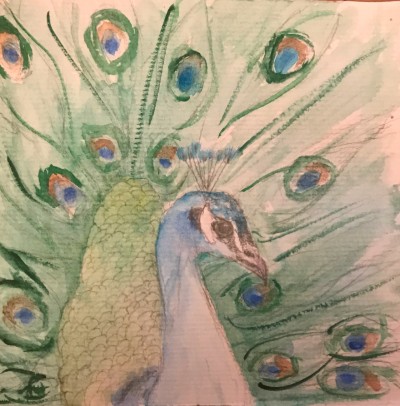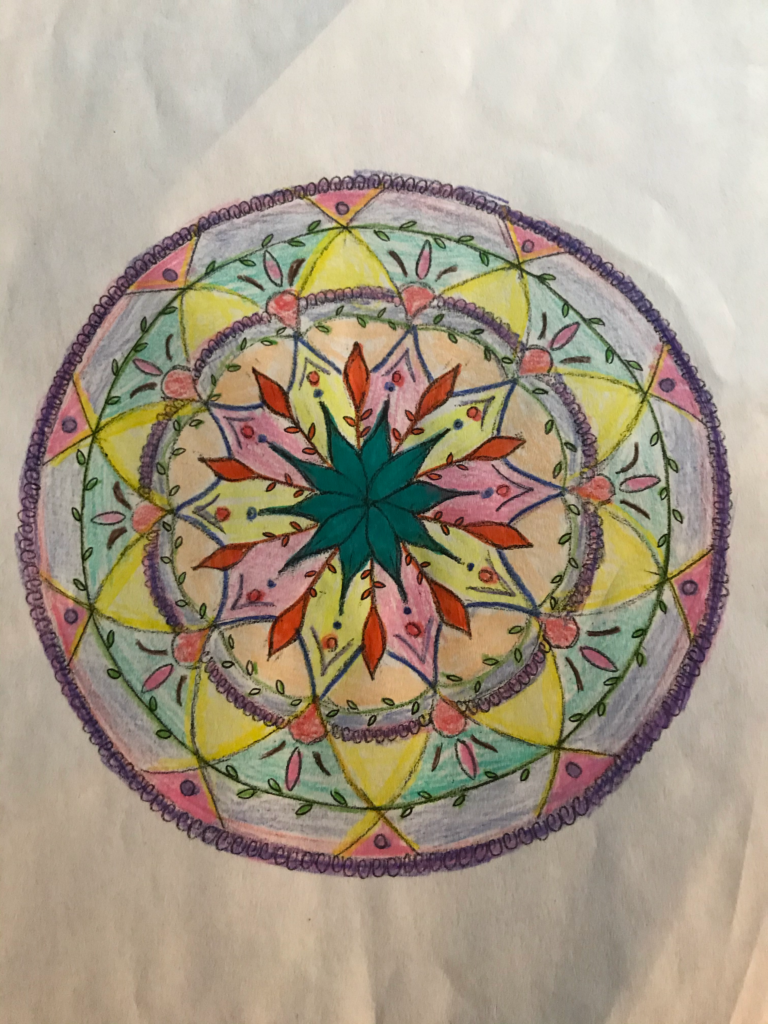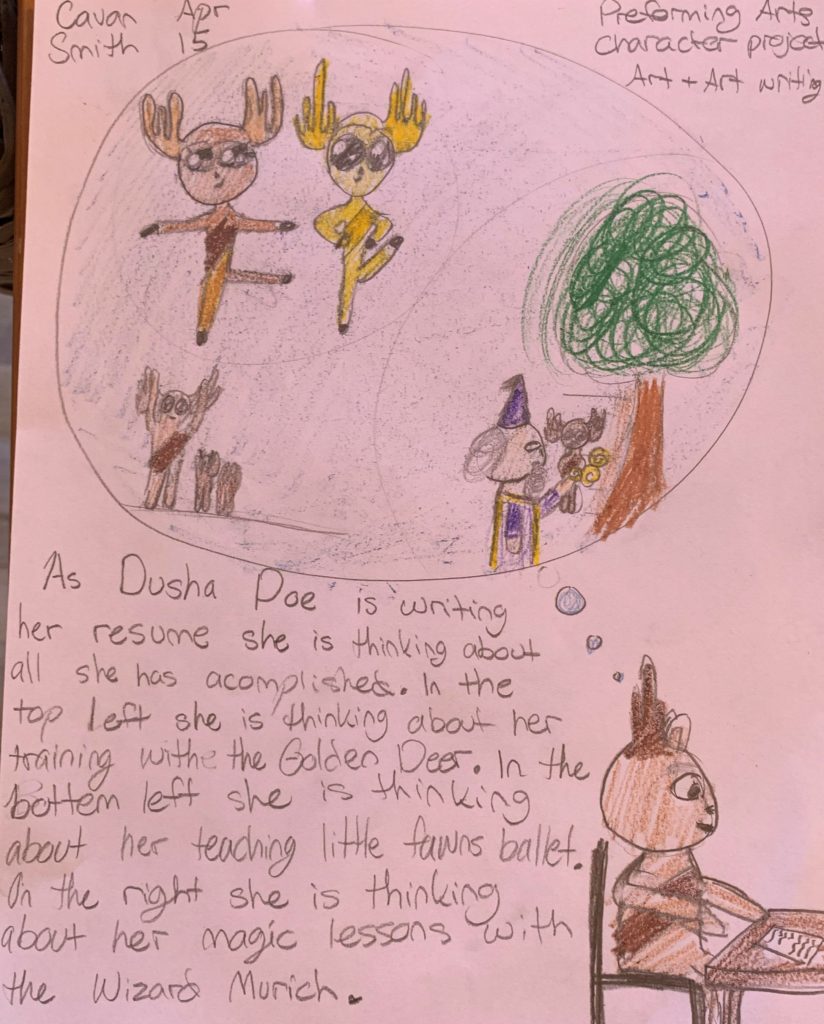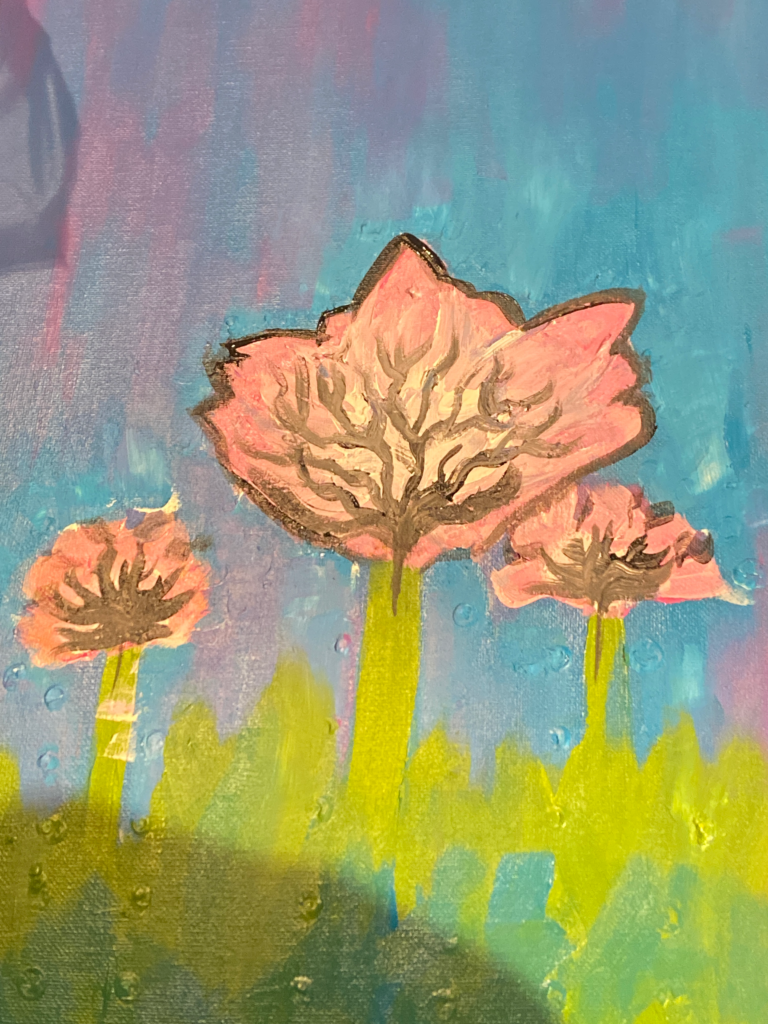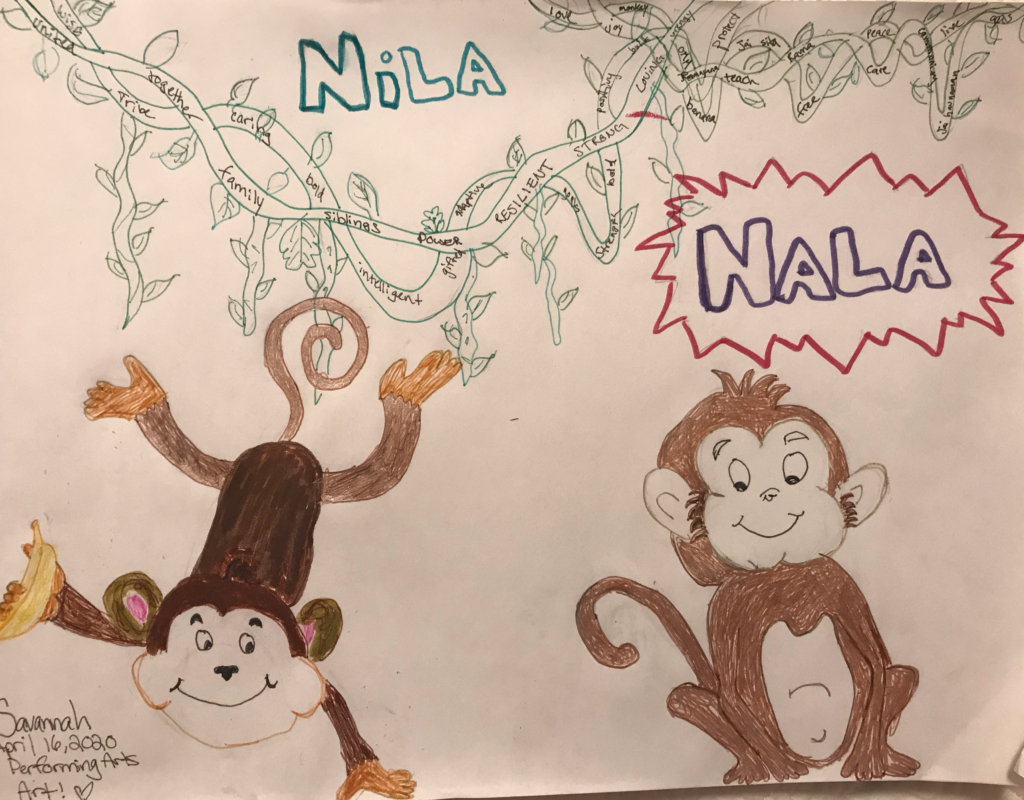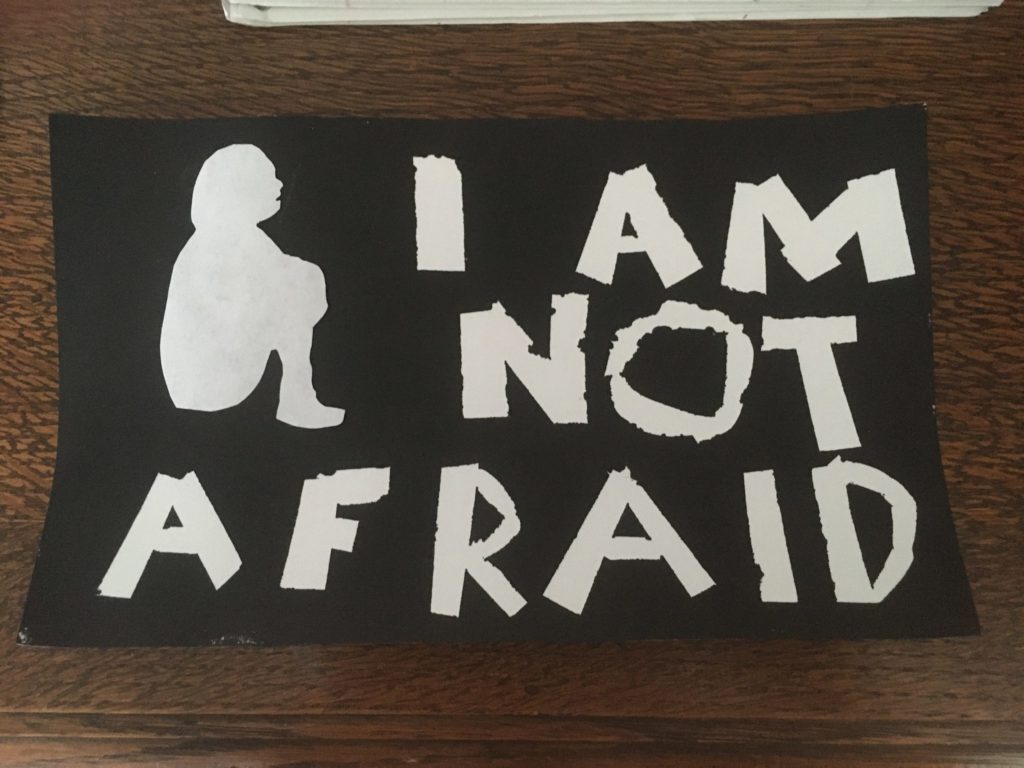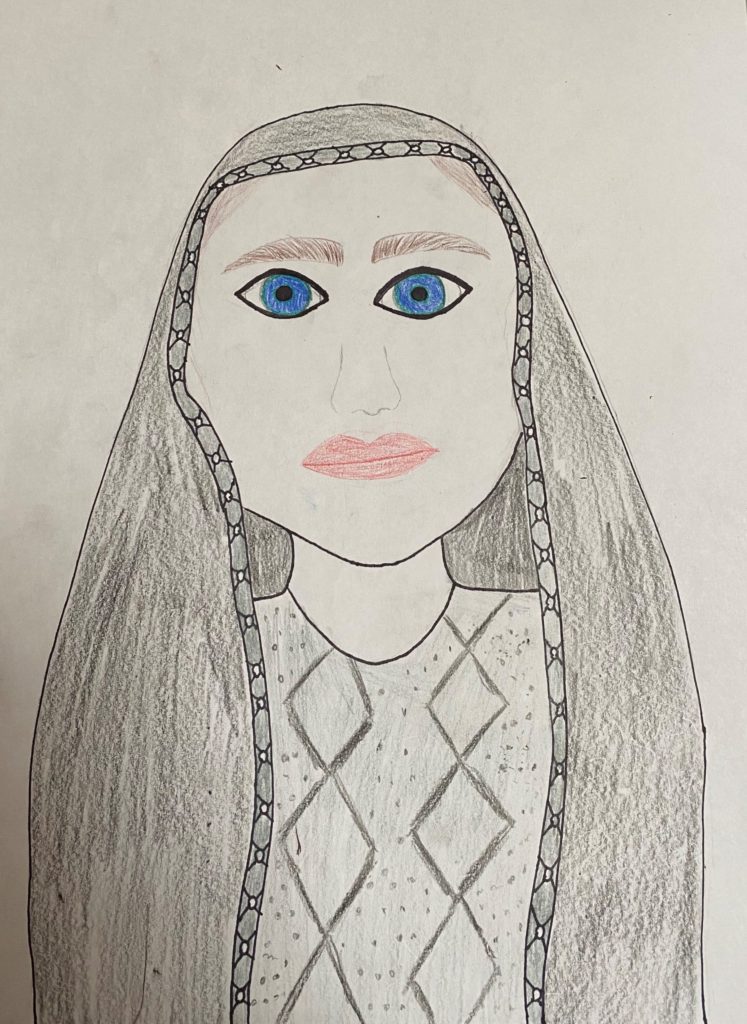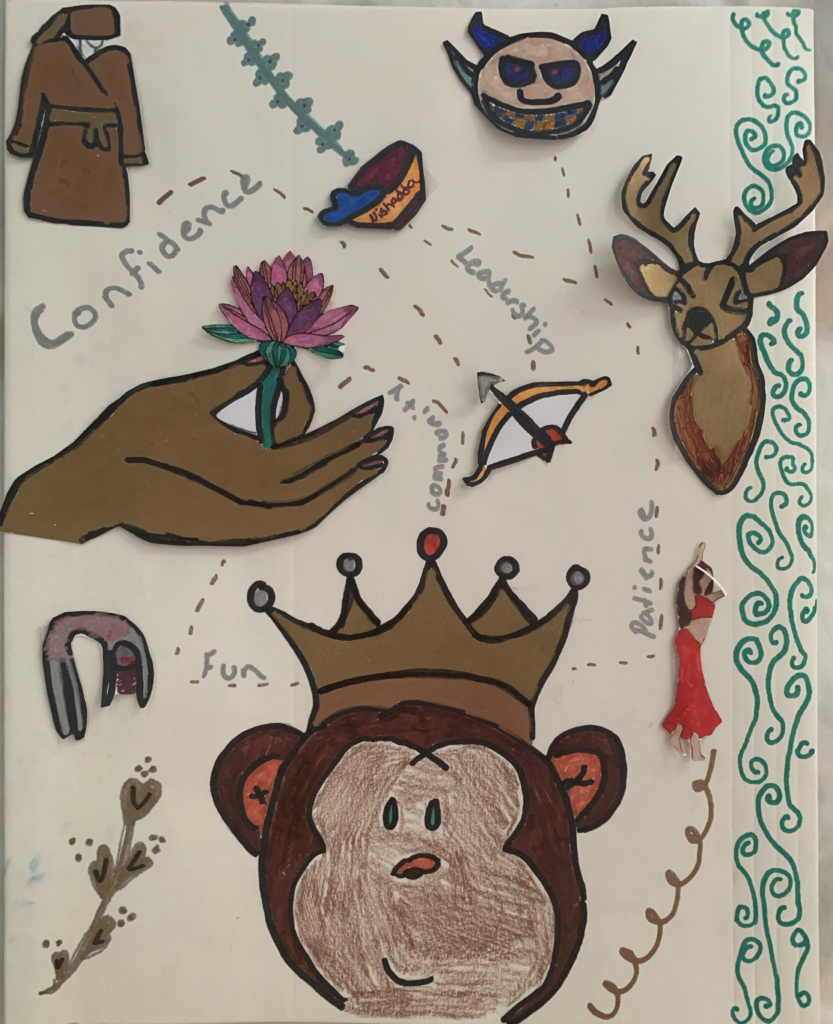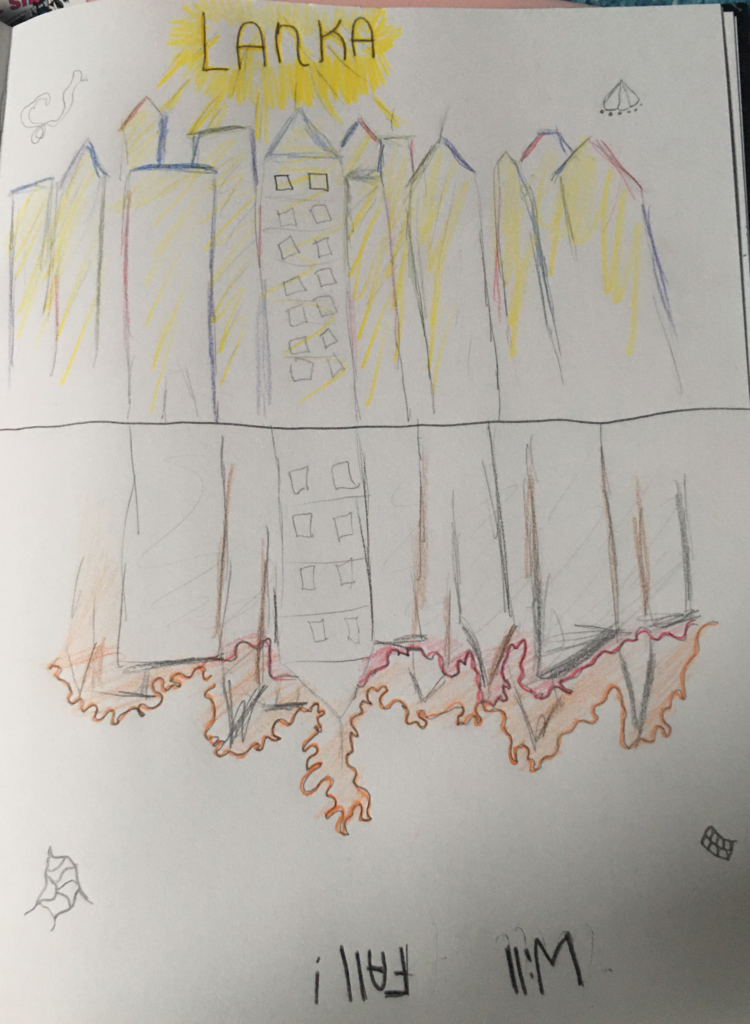 To truly embody a character requires the actor to see and experience the world from that character’s perspective. Discovering a connection to character takes detective work, personal reflection and an embracing of the journey. Aside from spontaneous discoveries within rehearsal, another method of creating character is the Character Monologue Project.
To truly embody a character requires the actor to see and experience the world from that character’s perspective. Discovering a connection to character takes detective work, personal reflection and an embracing of the journey. Aside from spontaneous discoveries within rehearsal, another method of creating character is the Character Monologue Project.
Although there is no live stage production in 2020 due the COVID-19 pandemic, the character project was assigned prior to the cancellation of the play. Yet, rather than suddenly calling off this endeavor, we as a performing arts team all felt the need and want to continue with the character exploration. At some level, it is to honor the play and tradition at our school, and maybe even just as importantly, it is honoring the process of finding humanity and depth within these broad archetypal characters.
Theatre allows us a gateway into the human experience, no matter what characters we’re playing, and when we reflect on what makes a character act or respond, we discover important aspects of ourselves in the process. It is disappointing to not be able to perform the Ramayana before live audiences, yet students in this particular project continued their important work of finding empathy, while employing their vibrant imaginations and creativities.
 To embark on the character study, middle and high school students read the ENTIRE script including songs to discover context: situation, time, place, and relationships. They search for a character’s goals and dreams, as well as conflicts and issues. Yet, what happens if in the script or libretto there aren’t enough details regarding the character’s journey? With this project, students have opportunity to create a character’s backstory, from family origins, to desperate needs and formidable conflicts. In life, we want everything easily achievable. Ironically, in theatre, we want just the opposite. We foster conflict. The journey must be difficult, the obstacles formidable.
To embark on the character study, middle and high school students read the ENTIRE script including songs to discover context: situation, time, place, and relationships. They search for a character’s goals and dreams, as well as conflicts and issues. Yet, what happens if in the script or libretto there aren’t enough details regarding the character’s journey? With this project, students have opportunity to create a character’s backstory, from family origins, to desperate needs and formidable conflicts. In life, we want everything easily achievable. Ironically, in theatre, we want just the opposite. We foster conflict. The journey must be difficult, the obstacles formidable.
Writing from the character’s perspective, the monologue incorporates the other established characters and important events from the play, as well as revealing the personal struggles and issues of the portrayed character. Students are encouraged to play with a surprising point of view, a haunting vulnerability, or a burning question or confrontation.
Students also create an artistic project to accompany the monologue. The projects range from portraits or depictions to metaphorical representation. A short writing accompanies the art revealing connection between art and the character.
The character monologue is simply one aspect of the complex, fluid and dynamic journey of characterization. Actors know that it is in community and interaction with other performers that the true formation of character occurs. Our discoveries and unpeeling of the layers of our created persona continues through the last performance.
###
By Sampad Kachuck, director of the MMS theatre arts program
Contact: Leigh Ann Clifton, director of marketing & communications,
Nestled among the redwoods on 375 acres, Mount Madonna School (MMS) is a community of learners dedicated to creative, intellectual, and ethical growth. MMS supports its students in becoming caring, self-aware, discerning and articulate individuals; and believe a fulfilling life includes personal accomplishments, meaningful relationships and service to society. The CAIS and WASC accredited program emphasizes academic excellence, creative self-expression and positive character development. Located on Summit Road between Gilroy and Watsonville. Founded in 1979.

